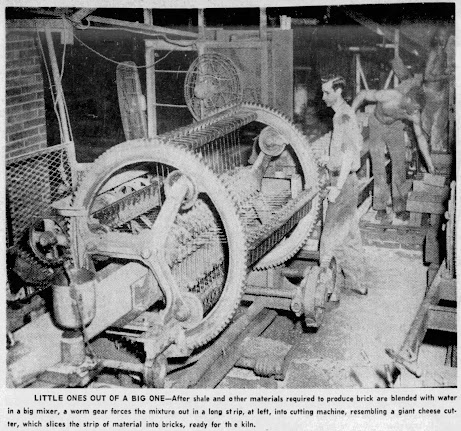On September 11, 1973, the Hillsborough Youth Council, Inc. signed a 99-year lease with Hillsborough Township to acquire 11 acres off of Old Somerville Road where they planned to construct a community-youth center. Ten years later the group defaulted on the $1 annual lease payment and the property reverted to the township. The center never opened.
 |
| 4 May 1975 Home News |
The idea for a Hillsborough teen center grew out of the late 1960s Hillsborough Drug Council - a non-profit chaired by Hillsborough resident and later Branchburg teacher Ann Gorton. By the early 1970s, the group had changed its name to the Hillsborough Youth Council. Realizing the need for space for the group's "supervised but non-structured activities for all ages" - and encouraged by the optimism of the times - they were drawn to the 11 acres set aside by the developer of Buena Vista Estates.
 |
| 4 May 1975 Home News |
The plan was to construct a building with all volunteer labor and mostly donated supplies. With so much residential building going on in the township, there was initially no shortage of labor and building materials around - and no shortage of enthusiasm on the part of Mrs. Gorton and her group to acquire it. The project got off to a quick start with a donated backhoe and Edward Rhodes - Hillsborough's building inspector - volunteering to head the construction committee. Developer Sal Kramer stepped up with a check for $2,000 and 1,000 cinder blocks.
 |
| 1970s Fundraising for the community center |
Local architect Kevin Wilson contributed the design - an 11,000 square foot building with a gymnasium, locker rooms, kitchen, office space, bathrooms, and three meeting rooms. Footings for the foundation were in before the end of the year, and before winter 1974 was out a 60-by-100-foot, 8-inch deep, ice-skating pond had been built in the southwest corner of the property. Exhibition football games, carnivals, and movie nights at the Hillsborough Cinema were all included in the fundraising efforts as were pancake breakfasts. The Hillsborough Community Center project probably still holds the record for most flapjacks served in pursuit of a goal that was never reached! Regardless, during the spring and summer of 1974 cinder block walls went up, and construction continued apace.
 |
| 26 February 1979 Home News |
The roof went up in the spring of 1975 - but a housing downturn caused donations of supplies to dry up. The unfinished building - no doors, windows, or floors - was an invitation to vandals. By 1979, despite six years of hard work by hundreds of volunteers, the project was completely out of cash. Hillsborough Township picked up the property's $2,000 insurance payment that year, but what was really needed was at least $30,000 to finish the job.
 |
| 16 February 1981 Courier News |
By the early 1980s, Mrs. Gorton - who also served on Hillsborough's school board from 1973-79 and 1980-89 - was seeking funding from federal and state sources - to no avail. Two years after the Hillsborough Youth Council relinquished the site, Hillsborough Township floated plans to complete the building as a senior citizen center. The project went out to bid twice at the end of 1985 but the bids of $245,000, $175,000, and $182,000 were all deemed to be too high.























